The Role of Localization in GaaS Games
I would say that Prince of Persia is the game I played the most during my most active gaming years. I played it on PC, not only extensively but also for many years. The same pattern continued with games like Indiana Jones, Street Fighter, and others, which had remarkable longevity, in contrast to the current trend of GaaS (Games as a Service) models that are so prevalent today. While nostalgia brings back pleasant and endearing memories, it is important for me not to dwell solely on nostalgia. Therefore, as someone who has been a gamer since childhood and has been involved in localization for years, I thought it might be a good idea to link both in this week's post and examine the role localization plays in GaaS games
I played this game soooo many hours in my childhood …
What is GaaS?
Games as a Service (GaaS) is a business model in the video game industry where games are constantly updated with new content, modes, and mechanics after the game's initial release. This model often operates through a subscription basis, similar to how one might pay for HBO to watch series like Succession or The Last of Us. Players can access games and their new content updates through subscriptions (or in-game purchases), diverging from the traditional method of releasing games, which involves a one-time purchase for a fixed content package. GaaS games offer players an ongoing subscription that provides access to new content as it becomes available, ensuring that if players enjoy the game, they will have content to look forward to for many years. Examples of games within the GaaS sphere include Apex Legends, Fortnite, and Destiny. The primary advantage for publishers and developers is that these games have a longer lifespan, guaranteeing a steady volume of work and recurring revenue. The predictability of this recurring revenue is incredibly valuable for having a more or less accurate projection of financial benefits.
How GaaS makes money
Source: checkaso
How it impacts Localization
Now that we've explained what GaaS is and its benefits for game publishers and players, it's time to analyze the impact of this game model on a Localization team and its processes. Four main areas require attention when implementing a localization strategy for GaaS games:
Increased Volume of Content: One of the first impacts of the GaaS model on localization is the sheer volume of content. GaaS games, with their more frequent updates and expansions, necessitate continuous translations, challenging localization teams to work quickly and efficiently. This requires not only maintaining high-quality standards across multiple languages and regions but also adapting to the evolving content.
Shorter Turnaround Times: The need for faster content delivery in a GaaS model presents a significant challenge for localization teams. They must expedite their processes to keep pace with constant updates, translating content into multiple languages simultaneously. Balancing speed with quality is crucial to preserve the player experience.
Seasonal Content: The delivery of seasonal, culturally nuanced content in a GaaS model requires meticulous management of cultural differences translating new voiceovers, music, and graphics within tight deadlines. The time-sensitive nature of seasonal content, coupled with the continuous development cycle of GaaS games, demands more from localization teams.
Limited Time for LQA (Localization Quality Assurance): This is arguably the most challenging aspect. The GaaS model often means there's little to no time allocated for LQA. Content is localized and released to players almost immediately, leaving scant room for thorough quality checks.
Addressing these challenges requires localization teams to be highly adaptable, efficient, and skilled in managing the demands of the GaaS (Games as a Service) model, ensuring that content remains accessible and engaging for a global audience. What areas should a localization team consider to collaborate efficiently with a game publisher operating on a GaaS model?
Click HERE to download the infographic
Automation
Cost management: A GaaS game's frequent updates and releases require a flexible and agile localization project management approach, where cost automation is crucial for managing payments to LSPs/freelance translators.
Content pipeline: A well-defined content pipeline is necessary for a GaaS model to ensure that new content is delivered to translators promptly and efficiently.
Analytics and data: GaaS games generate large amounts of localization data and analytics related to player behavior and engagement. The localization team needs tools to gather metrics and make informed decisions about how localized content performs per market. d. Scalability: GaaS games' large and complex environments require scalable localization solutions that can adjust resources as needed
Rapid turnaround times: In a GaaS model, delays can negatively impact player experiences. As players subscribe to continuously access new content, implementing localization solutions that deliver rapid turnaround times is essential.
Technology:
Tooling: To streamline localization and ensure timely delivery of localized content, the localization team needs to implement a tool framework that includes automation for repetitive tasks, integration with CMS and source code repositories, and collaborative tools for efficient communication between team members. This can reduce localization time and resources, improve consistency and quality, and facilitate seamless collaboration with other departments.
Price localization/payment: In a GaaS model, subscription fees and in-game purchases are common. The localization team must collaborate with the game teams to provide localized prices and payment models adapted for players in different regions. This involves understanding local pricing trends and ensuring the game's pricing and payment models are tailored to each market. The game can increase engagement and revenue in different regions by providing localized pricing and payment options.
Quality
Consistency and quality: Keeping game content consistent and top-notch across all languages and regions is super important in a GaaS model. The localization team needs to work closely with the game publisher and with the language providers to set clear language guidelines using the relevant terminology and style guides.
Localization testing: In a GaaS model, there are frequent updates, making it tough to ensure everything is working smoothly across all languages and platforms. The localization team needs to have a solid LQA process to ensure that the localized content is functional, contextually appropriate, and error-free. As in a GaaS model is tricky to accommodate time to perform LQA, and an excellent alternative to overcome this challenge is to adopt an LQA in the design phase mindset.
Processes
Communication: Effective communication is essential for efficient collaboration between the Localization team, game teams, and translators. The Localization team needs to establish clear lines of communication with the game publisher and ensure that all stakeholders are kept up-to-date on the status of the localization process.
Legal and compliance: A GaaS game must comply with various legal and regulatory requirements in different regions. For this reason, processes to deal with legal content and compliance requirements must be implemented.
Player feedback and sentiment: A GaaS game may have an active and vocal community of players who provide feedback and express their sentiments about the game. The Localization team needs to monitor player feedback and sentiment in different regions and ensure that the feedback is relevant by turning it into suggestions for the game team.
Conclusion
With the introduction of GaaS (Games as a Service), the game industry has undergone a significant shift in how it approaches selling video games to players. Now, developers' goals have evolved from selling many copies for a short period to maximizing recurring revenue for years to come.
GaaS relies on a distribution model, whether it be through cloud, mobile, or other platforms where geographic barriers have disappeared. In this environment, a localization team shines, as we are in an excellent position to help distribute these gaming experiences all over the world.
@yolocalizo










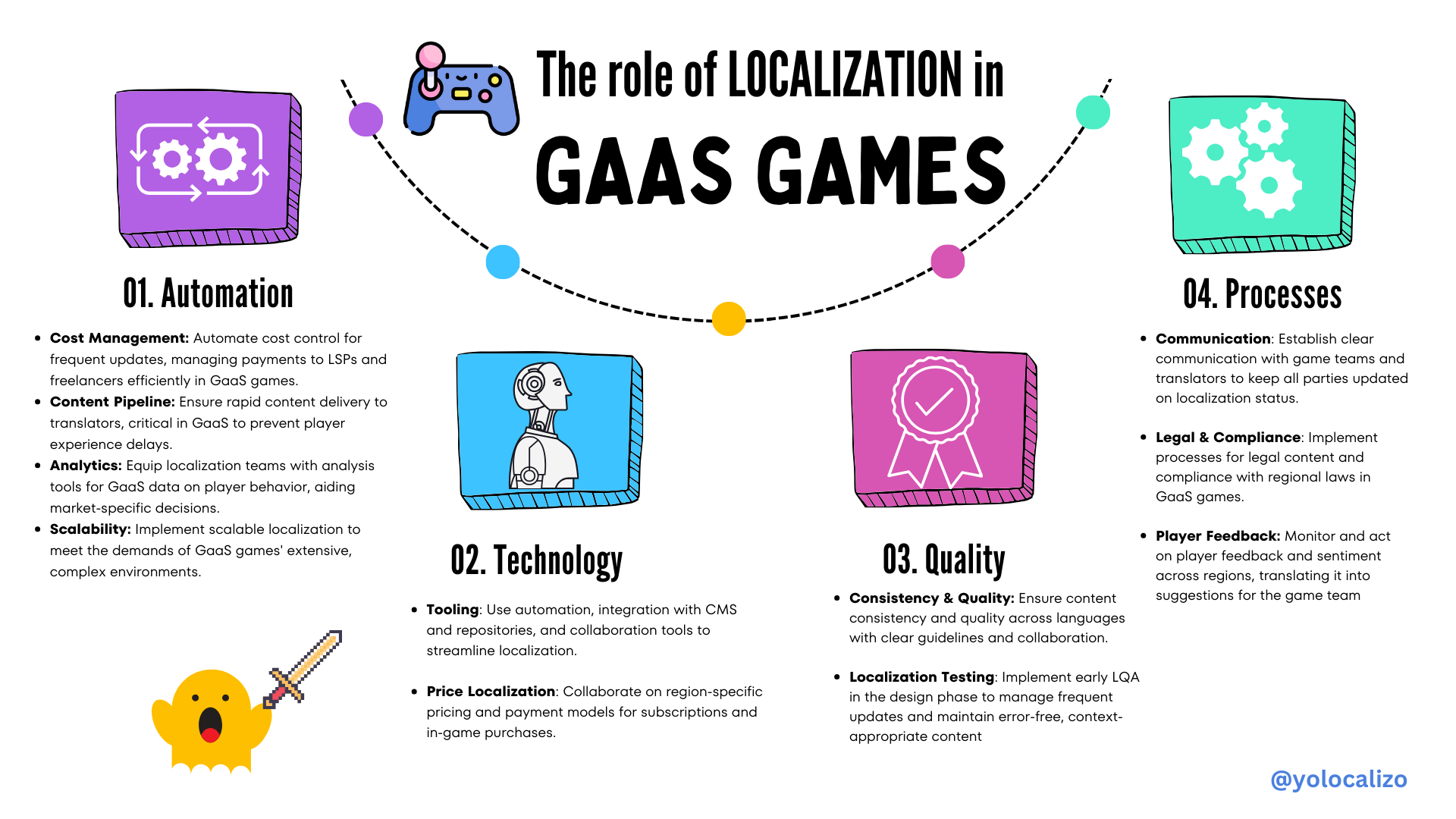
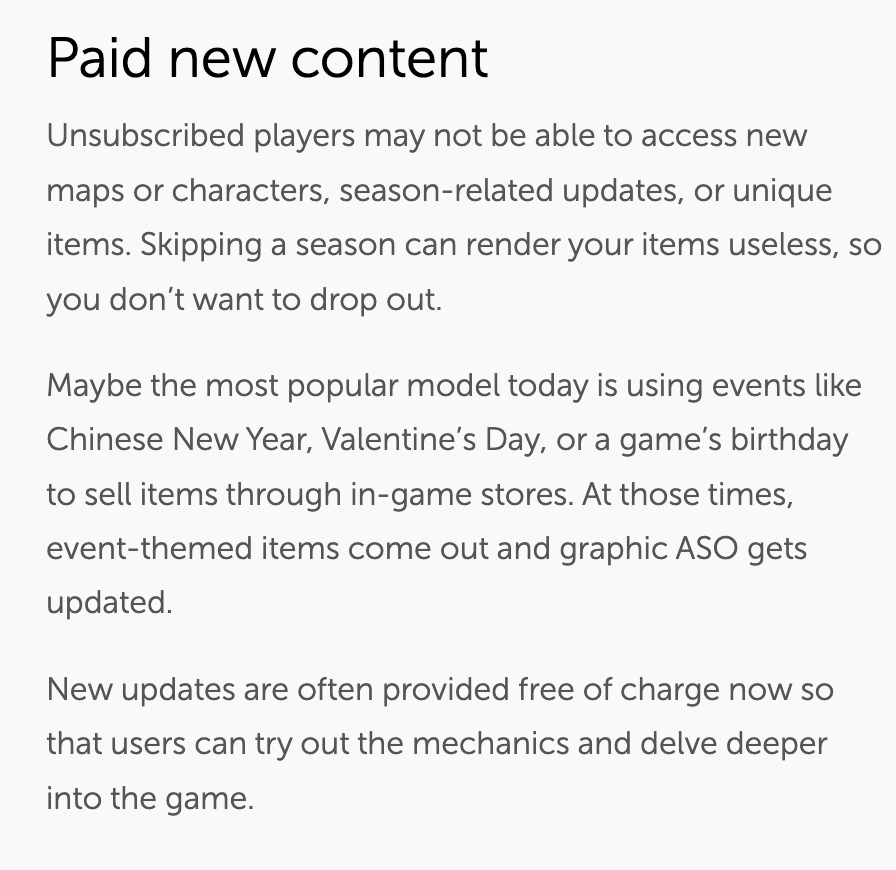
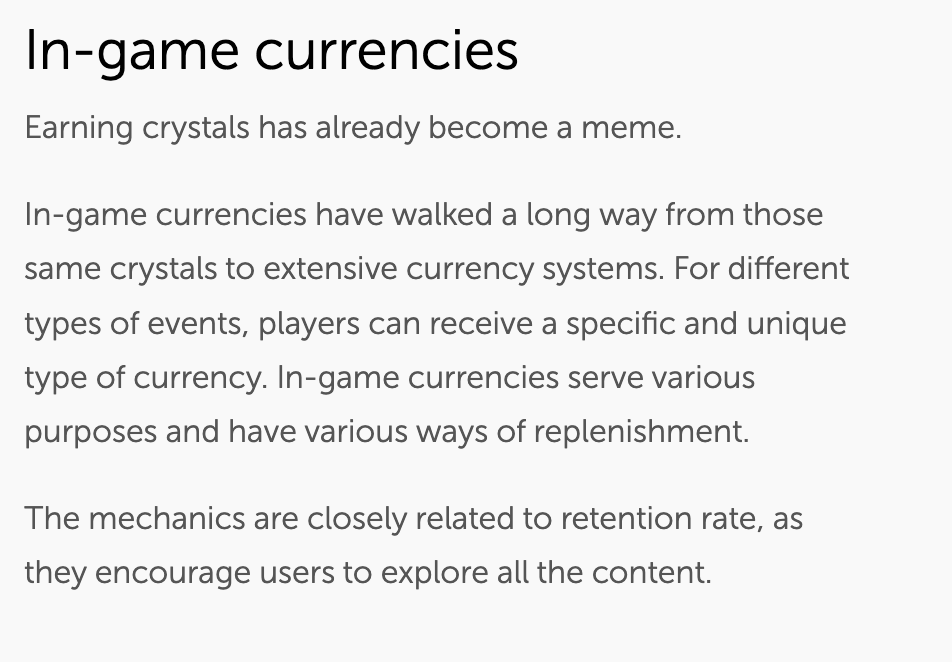
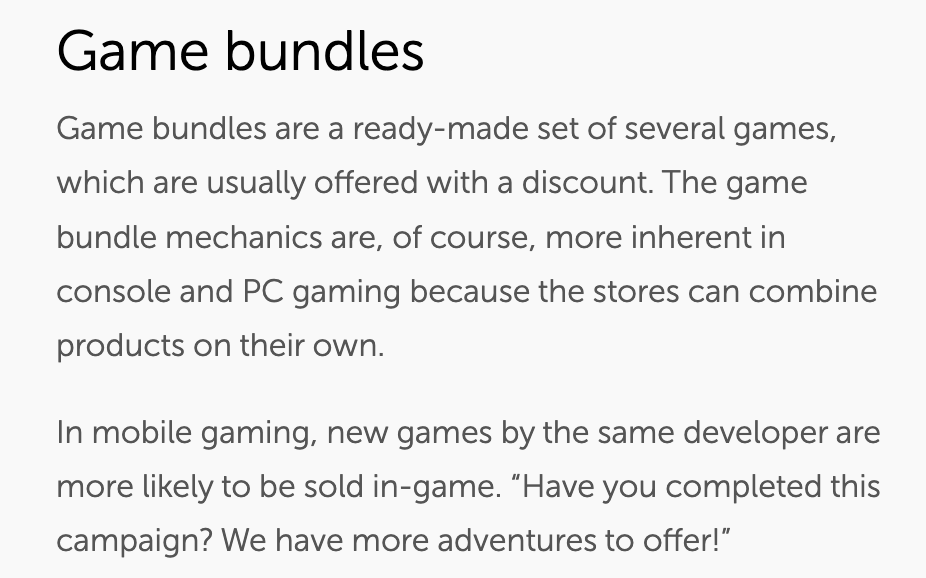
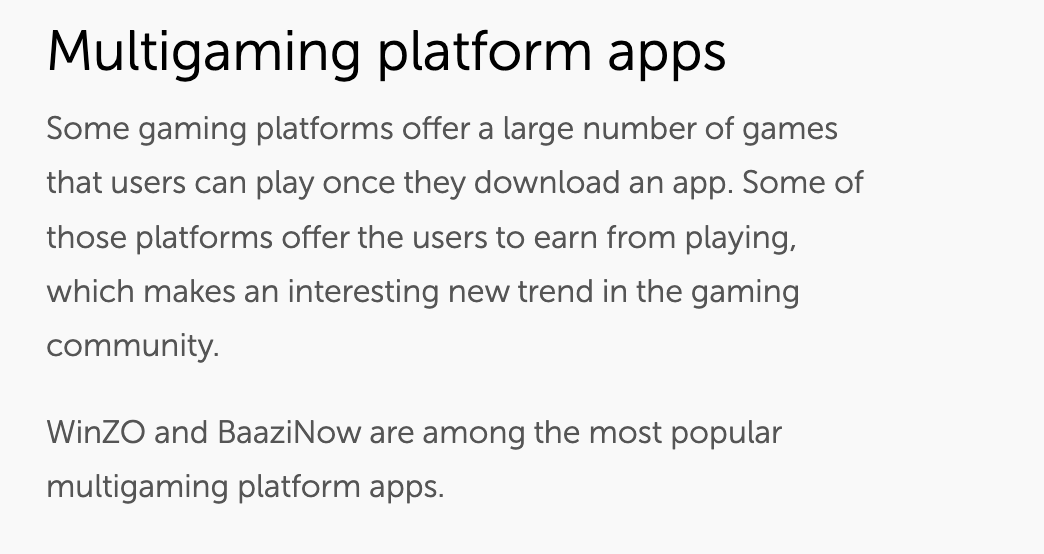




Localization professionals often focus on translation quality and best practices, but decision-makers care about customer impact and revenue. If we frame localization as a cost, it risks being deprioritized. Instead, we must highlight its value driving engagement, trust, and business growth.